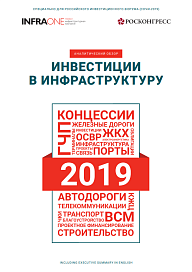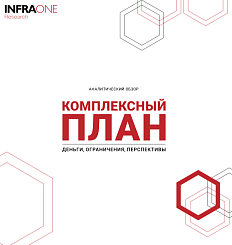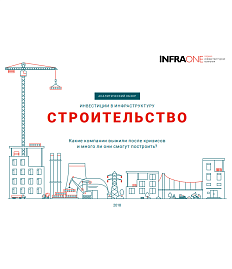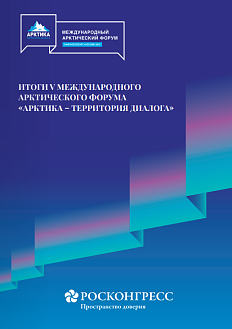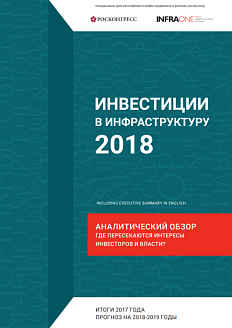Infrastructure has become one of the priority areas of the new political cycle. The majority of the tasks of Presidents May Decree provide for investment in the development of certain infrastructure segments. However, the InfraONE analysts believe that in practice, the Government does not plan to drastically increase its out-of-pocket expenses and is still expecting investments from extrabudgetary sources.
As estimated by InfraONE, 2018 budgetary provisions for infrastructure froze at 2 tn roubles in nominal terms and slightly decreased in real terms. Their share in the GDP decreased by 0.1 pp to 2.1%. According to the authors of the publication, despite the ambitious statements of the Government concerning the increase of infrastructural expenditures up to 2024, the budget only targets to additionally invest around 115-240 bn roubles on an annual basis (i.e., approximately 0.5 tn roubles within three years) compared to what was invested in 2017-2018. The InfraONE analysts expect a redistribution of infrastructural expenditures to take place in 2019, while the volumes of investments are forecast to be comparable to the previous ones. The authors estimate that all of the countrys 2018 infrastructural investments (both state and private) accounted for 5.9% of the GDP, i.e., 5.7 tn roubles. According to InfraONEs calculations, the minimum additional infrastructural need will reach 3 tn roubles in 2020, while for material growth of the economy the infrastructure need will amount to 6.5 tn roubles. So far, the amounts included in the budget for the three-year period fail to meet even the minimum need.
.png)
The authors state that once again investors should not expect significant direct support from the state. Only several mega projects may obtain it, while the rest will likely lose time waiting for grants. At the same time, the analysts believe that the possibility of enjoying state preferences will grow: those range from tax preferences and the simplification of various procedures, to, for example, a guaranteed minimum return, etc. However, the Government may still increase the volume of investments through the Development Fund that is planned to be funded by means of market borrowing. Nevertheless, so far only the threshold volume is established for the Fund1.6 tn roubles and the procedure of its functioning and funding has not been established yet. The authors believe that all of those procedures will take at least half a year, which means that the industry will probably receive first investments from the Development Fund in the end of 2019beginning of 2020. Financial investors continue accumulating liquidity, which results in a sufficiency of funds available for investment in the market. According to InfraONE estimates, at least 2.2 tn roubles is available for investment in infrastructurei.e., 200 bn roubles more than last year. The growth results from the strengthening of large state banks positions. However, in the authors opinion, the industry will only get less than a quarteraround 540-570 bn roubles, 74% of which will be quasi-governmental.
.png)
The Comprehensive Mainline Infrastructure Development Plan only partly answers the question as to which industries the Government will consider its priorities in the next six years. The plan only includes the transportation and energy infrastructures. In the former case, only the key areas of expenditures are listed, and in the latter case, the amounts of investment are not specified. Such a «framework» approach to plan implementation is risky: the Government will find it difficult to control the expenditures and periods, since it has established a wide field for manoeuvring. The authors believe that the industries not included in the Comprehensive Plan will also continue developing. A greater number of projects will probably be launched in the social and IT sectors. The former projects, as a rule, do not require large capital grants, but at the same time, they attract much public attention and have a positive reputational effect for regional authorities. That is why the countrys constituent entities having limited resources at their disposal will support such projects.


